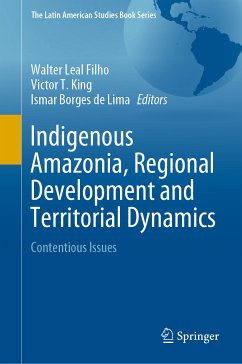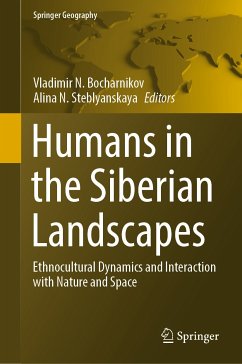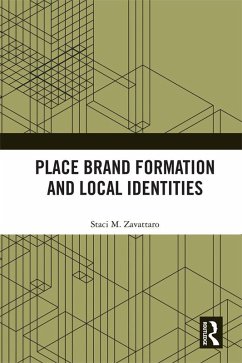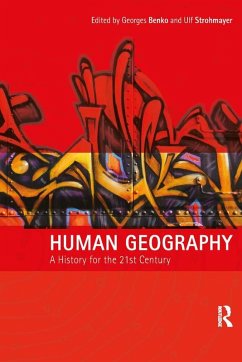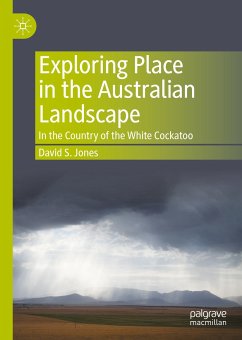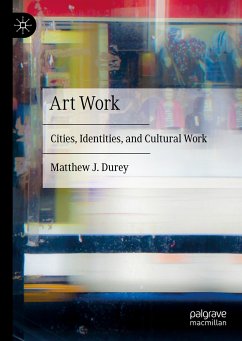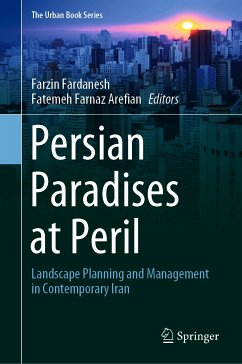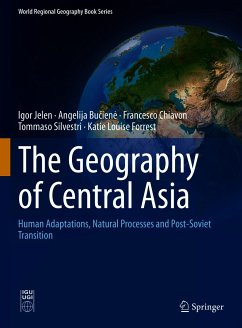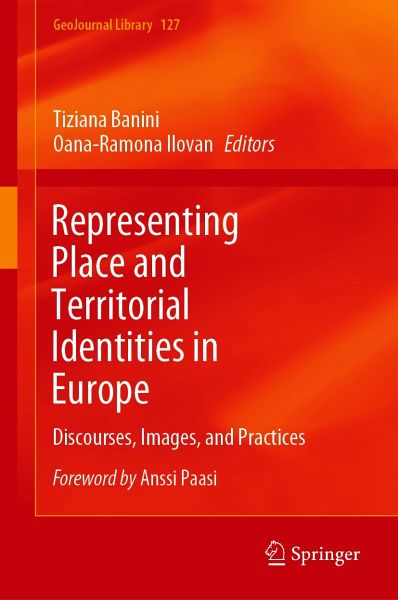
Representing Place and Territorial Identities in Europe (eBook, PDF)
Discourses, Images, and Practices
Redaktion: Banini, Tiziana; Ilovan, Oana-Ramona
Versandkostenfrei!
Sofort per Download lieferbar
88,95 €
inkl. MwSt.
Weitere Ausgaben:

PAYBACK Punkte
44 °P sammeln!
This book provides insight into the topic of place and territorial identity, which involves both the dimension of collective belonging and the politics of territorial planning and enhancement. It considers the social, economic and political effects of territorial identity representations among others in terms of mystification, spatial fetishism, and the creation of place and territorial stereotypes. A mixed methodology is employed to research case studies at diverse territorial scales which are relevant to the impact of a variety of factors on place/territorial identity processes such as migra...
This book provides insight into the topic of place and territorial identity, which involves both the dimension of collective belonging and the politics of territorial planning and enhancement. It considers the social, economic and political effects of territorial identity representations among others in terms of mystification, spatial fetishism, and the creation of place and territorial stereotypes. A mixed methodology is employed to research case studies at diverse territorial scales which are relevant to the impact of a variety of factors on place/territorial identity processes such as migration, political and economic changes, natural disasters, land use changes, etc. Visual imagery, constructing visual discourses and living within visual cultures are placed in the foreground and refer to among others the changes and challenges introduced by the Internet and social networks in place/territory representations and self-representations; identity politics and its impact on place/territorial identity representations; discourses in shaping representations and self-representations of territorial/place-based identities related to collective memory, cultural heritage, invented tradition, imagined communities and other key notions.
Dieser Download kann aus rechtlichen Gründen nur mit Rechnungsadresse in A, B, BG, CY, CZ, D, DK, EW, E, FIN, F, GR, HR, H, IRL, I, LT, L, LR, M, NL, PL, P, R, S, SLO, SK ausgeliefert werden.




